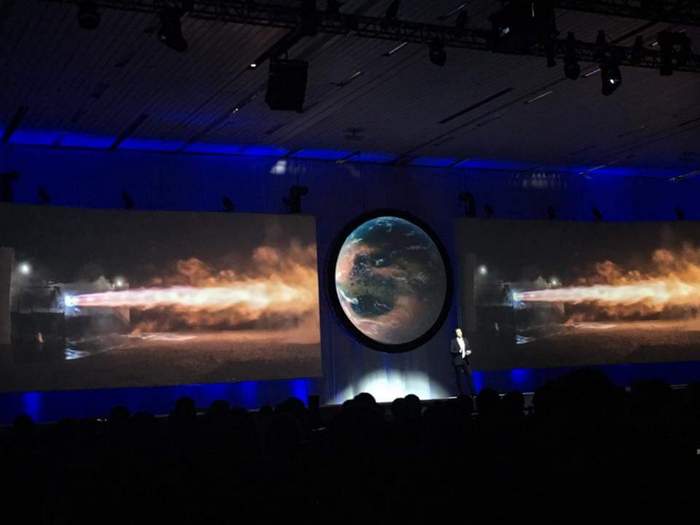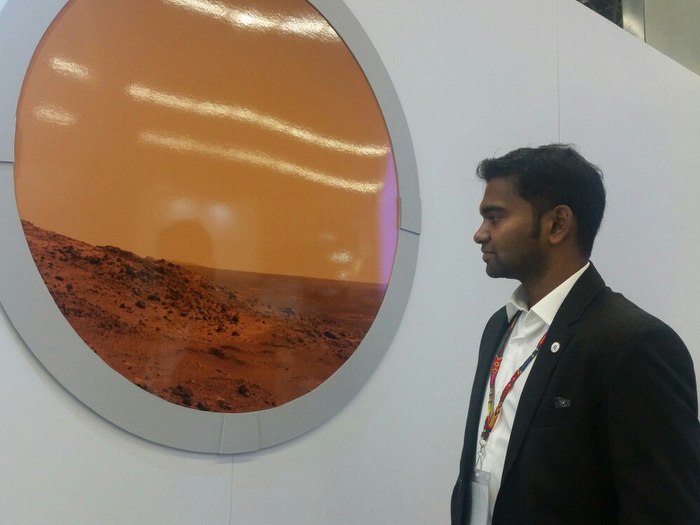Thomas Jayachandran Arthur Vimalachandran, a PhD student at Samara University, won a trip to the 15th Space Generation Congress and 67th International Astronautical Congress held in Guadalajara.
The 15th Space Generation Congress is sponsored by the UN. It is held by the Society of Satellite Professionals International (SSPI). Arthur was one of three winners in a competition run by the association. The jury was impressed by his work on developing a nano-satellite mission, as well as by his investigation of the legal issues associated with space research. “For instance, how can you launch a satellite manufactured at Samara University from a U.S. launch site? Who will be able to operate it?” muses Arthur.
In Mexico, Arthur participated in a Space Generation Congress discussion over the use of lower orbits for nano-satellite launches. “One of these orbits is occupied by the International Space Station, it will become the launching orbit for extraterrestrial flights. We tried to find an answer to the following question: how can we manage the nano-satellites so they don’t interfere with these global projects? At the end of discussion, we proposed not launching nano-satellites into orbits of 350 to 450 km.”
At the conference, Arthur delivered a report on his project simulating a mission to Mars. He also participated in an assessment of the risks and budget associated with such a simulation.
“It was an amazing trip. The results of our discussion at the Space Generation Congress will be published in the UN Magazine. At this astronautical congress, I met delegates from many countries, and listened to Ilona Maska’s fascinating report on Mars colonization as a realistic near-term prospect. For instance, we discussed the design of rovers for a Mars mission. I think I might start a Martian rover design project back here at Samara University. It will help me both in terms of participating in simulated interplanetary missions, as well as from the standpoint of publishing articles in prominent publications indexed by international databases,” says Arthur.
Arthur was born in India He is studying in the GNSS Technology PhD program under the guidance of professor Kai Borre. Arthur’s scientific interests encompass navigation receivers, electrical power units, nano-satellites, and the development of life-support systems for extraterrestrial flights. He travels around the world, participating in events held by the French Space Agency (CNES) and European Space Agency (ESTEC).
Arthur came to Russia to fulfill his dream and to learn more about the world’s first astronaut, Yury Gagarin. According to Arthur, this is why he chose Samara Aerospace University: because the university is located in Russia and because it is deeply involved in cutting-edge space research.
Samara University has provided me with many opportunities. This Congress in Mexico was not the first scientific symposium I have attended. I gained knowledge I haven’t had before. For instance, before going to Samara, I didn’t know anything about navigation satellites. My knowledge in this particular scientific field was scarce. This past summer, I attended two summer science camps – a camp devoted to space experiments, and a High-Technology Management School. At the first camp, we developed a trial nano-satellite mission. And the economic school taught me how to analyze the financial markets of space missions,” says Arthur.






